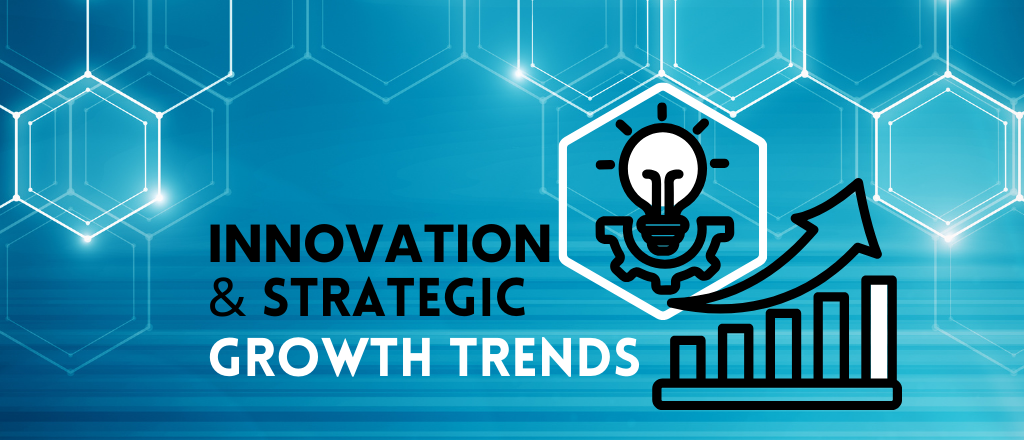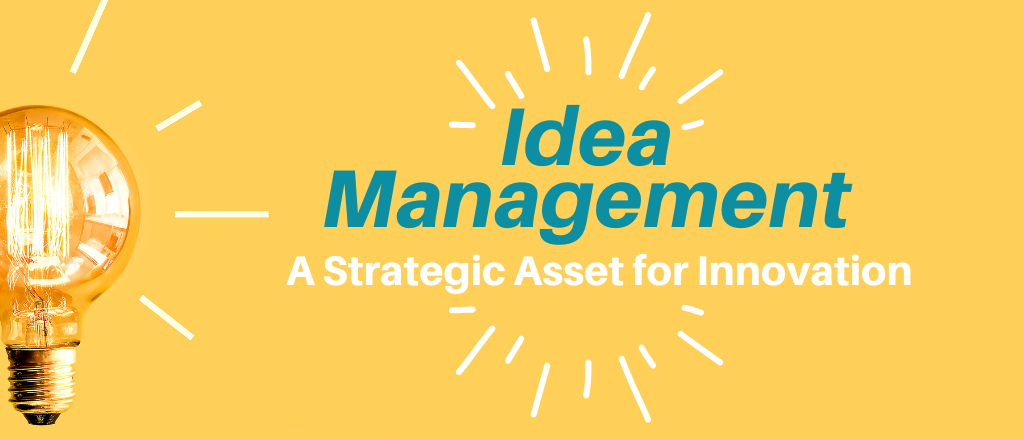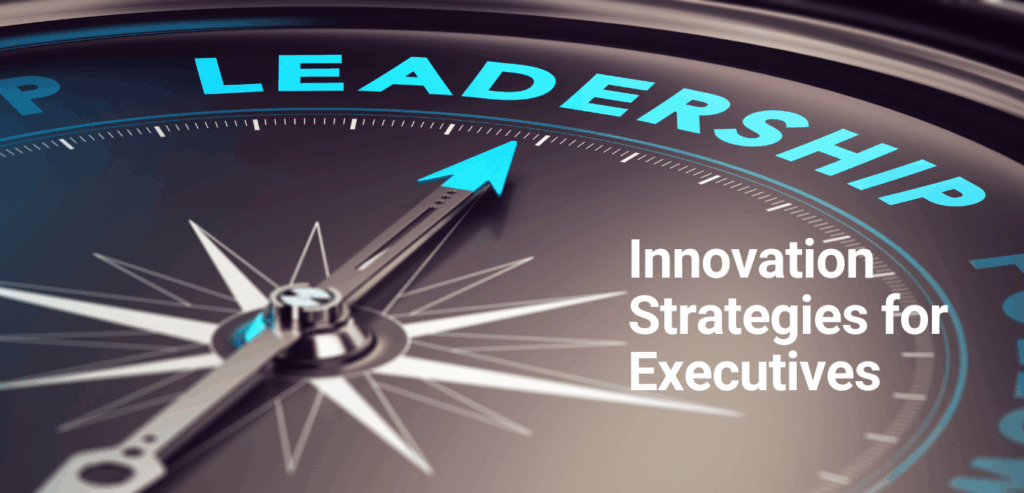
Innovation and Strategic Growth Trends Survey
Key Trends and Challenges Shaping Organizational Growth in 2025 Innovation is the engine of progress, and companies must continuously adapt to maintain a competitive edge. Organizations in 2025 are navigating






